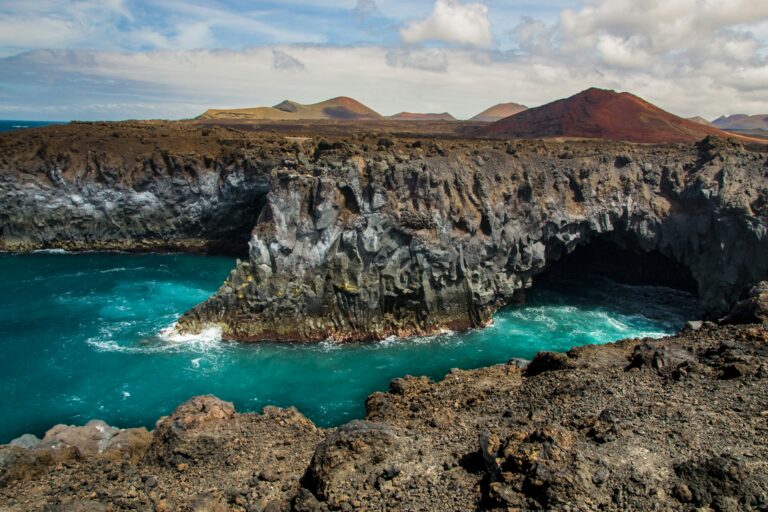The Canary Islands welcomed record numbers of visitors despite protests and measures to control overtourism.
August brought 1.23 million international tourists, a 6% increase from 2024, according to official data.
From January to August, over 10 million foreign travelers visited, making the islands Spain’s third most popular region.
UK visitors accounted for nearly half a million, with Germans also forming a large share.
Tourism contributes roughly 35% of the islands’ GDP, highlighting its economic importance.
Year-Round Appeal Drives Visitor Influx
The islands attract travelers with warm climate, beaches, forests, mountains, and volcanic landscapes.
The seven main islands—Tenerife, Fuerteventura, Gran Canaria, Lanzarote, La Palma, La Gomera, and El Hierro—offer diverse experiences.
Air connections from Europe make travel simple, though flight cancellations may disrupt arrivals.
Local residents have protested mass tourism, citing overcrowding and environmental stress.
New Rules Target Conservation and Sustainable Tourism
Tenerife National Park will charge an “eco-tax” on popular trails starting in 2026 to protect ecosystems.
Teide-Pico Viejo volcano entry costs around €25, with trail-specific fees for guided and unguided hikes.
Telesforo Bravo trail costs €15 unguided, €10 guided; Montaña Blanca-Rambleta ranges from €6 weekdays to €10 weekends.
Residents and children under 14 enter free, while local residents pay reduced fees.
Other islands regulate short-term rentals, enforce daily tourism charges, and limit accommodation options.
Authorities also impose fines for public drinking and maintain smoke-free beaches to prevent excessive partying.
Tenerife’s president, Rosa Dávila, said the measures preserve Teide now and for future generations.



